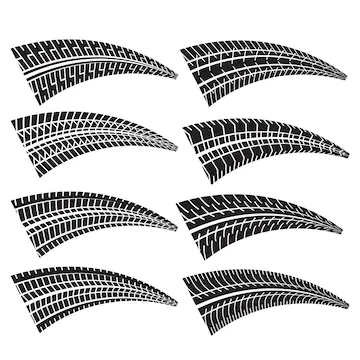Mark’s (Canadian Tire Company)
Location: Canada
Industry: Clothing & Footwear
Problems
Mark`s desire to generate more revenue by driving profitable sales by adding more customer-facing functions, larger product assortment, better fulfillment rate/speed and better online merchandising management functions. Target was to grow online presence both to the web and store.
As part of the mark`s re-launch, different components needed to be installed such as:
- IBM Websphere Commerce Server (WCS) and Websphere Content Manager (WCM) platform.
- Canadian Tire Corporation Digital e-commerce foundation layer
- PCI-compliant Moneris payment gateway
- FastFind (custom-built Order Management System)
- JDA Retail/Inventory system

Problems
Components listed above are all highly function-oriented separate entities that need to communicate with each other extensively, the following concerns were upraised:
How will Synchronous or Asynchronous interactions be done between 2 entities?
How will transformation be done easily and effectively?
How will validation be done for the requests?
How will security be enforced to authenticate requests?
How will certain requests to be routed to certain servers based on business rules?
How will a configuration change be done easily without disturbing individual entities?
What will the notification procedure in case of a business event?

Solutions
- To address the above-mentioned concerns, Allied consultants proposed ESB based enterprise integration solution.
- The solution was architected to guarantee that the business rules are externalized and functionality is componentized to promote flexibility, scalability, and reuse.
- All applications/components and services in the enterprise were linked to the ESB layer to communicate with each other over the ESB using SOA standards. EAI technologies such as adapters were used to integrate with Moneris and JDA.
- ESB layer handled routing details, mediation of differences and physical details of communication. Business logic and physical details in ESB were made highly configurable based on properties files.
- For Asynchronous interactions, where the sender and receiver of the message did not need to interact with each other at the same time, MQ Queue was used between the sender and ESB layer.
- For massive data transfer where a real-time update was not required, ETL technology was used to compliment ESB layer. IBM Datastage was used for this purpose.
Tech Stack
- IBM Websphere Integration Developer 6.2
- IBM Websphere Process Server
- IBM Websphere ESB
- IBM Information Server 8.1
- IBM Datastage 8.1
- IBM MQ Queue 7.5
- UNIX – HP-UX
- UNIX – AIX
- IBM DB2
- Oracle 10g
- Java
Get In Touch With Us
we believe in cutting edge solutions and are committed to your success
